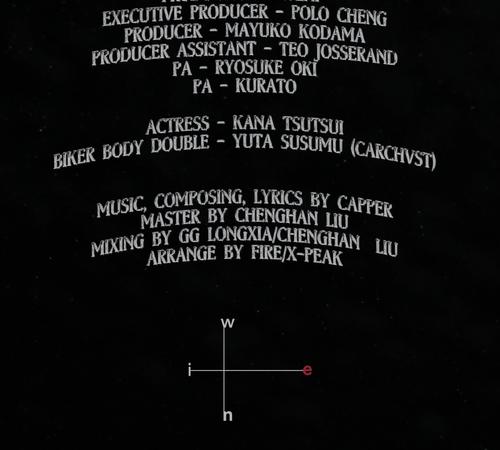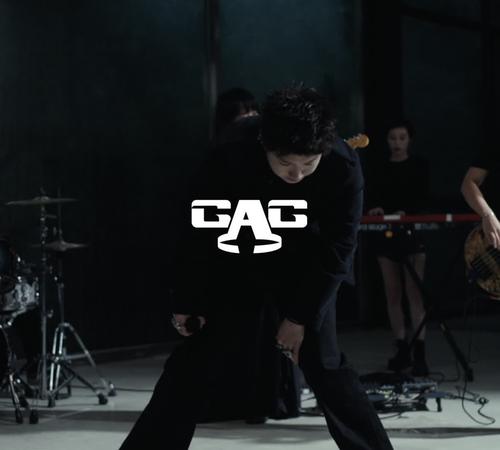![[DJ节目]Karri_L的DJ节目 第218期](https://p1.music.126.net/_s7Gvfl1rRZ3WUBkpsXWZg==/109951163342822433.jpg?param=200y200)
Scientific 2018.6.11(Karri_L)
This is Scientific American — 60-Second Science. I'm Steve Mirsky. "There's three strategic trends that I see in space." General Jay Raymond, Commander of Air Force Space Command in Colorado Springs. He recently visited Scientific American to talk about Space Command, which is responsible for space and cyber for the Air Force. "One is space is congested...we track 23,000 objects in space. We provide the conjunction assessment warning, if you will, so for every object in space we do the analysis on every other object in space to see if there's a potential collision. And if there's a potential collision we make the warning for satellite operators around the world to maneuver their satellites to keep that collision from happening." "I see the trends of that growing. If you look at the numbers of launches that are occurring, the numbers of launches are up largely because the cost of launch has gone down. So the access to space has gotten easier...not just are the numbers of launches going up, but the numbers of satellites on each launch are also increasing...and so I see that congestion just growing in the future, and that's something that we are obviously working to help mitigate that growing strain." 这里是科学美国人——60秒科学。我是史蒂夫·米尔斯基。 “我在太空看到了三种战略趋势。” 美国空军太空司令部指挥官杰伊·雷蒙德上将说道,空军太空司令部位于科罗拉多斯普林斯。他最近做客《科学美国人》节目,谈论了负责空军太空和互联网事务的太空司令部。 “其一,太空很拥挤,我们追踪了太空中的2.3万个物体。如果你有需要,我们可以提供碰撞评估警告,因此,为了太空中每一个物体的安全,我们对太空中所有其他的物体进行分析,以评估是否存在碰撞可能。如果有可能发生碰撞,我们会对全世界的卫星操作者发出警告,让他们操纵其卫星以避免碰撞发生。” “我发现这种趋势日益增加。如果你留意了目前的卫星发射次数,你会发现发射数量大幅增加,因为发射成本降低了。所以,进入太空变得更加容易,不只是卫星发射数量上升了,每次发射的卫星数量也在增加,所以我认为未来太空会越来越拥挤,显然我们在努力缓解这种日益增加的拥堵压力。”










